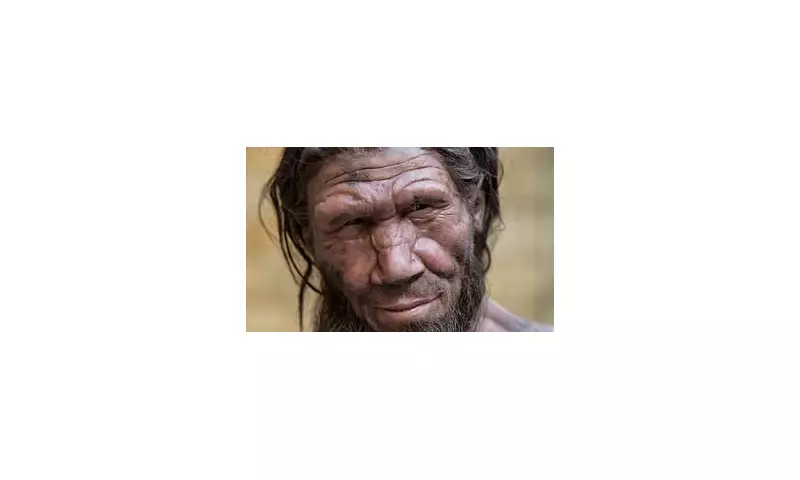
New scientific evidence has revealed that our ancient human ancestors weren't just having sexual encounters with Neanderthals - they were engaging in intimate kissing approximately 50,000 years ago. This fascinating discovery sheds new light on the social behaviours of our closest extinct relatives.
The Kissing Conundrum Through Evolutionary History
Researchers from the University of Oxford and Florida Institute of Technology have uncovered compelling evidence that mouth-to-mouth contact was part of interspecies interactions between Homo sapiens and Neanderthals. While previous studies had confirmed genetic mixing through sexual encounters, the presence of kissing remained uncertain until this latest investigation.
Study author Catherine Talbot, a professor at Florida Institute of Technology, explained the significance of this finding: 'While kissing may seem like an ordinary or universal behaviour, it is only documented in 46 per cent of human cultures. The social norms and context vary widely across societies, raising the question of whether kissing is an evolved behaviour or cultural invention.'
Tracing the Evolutionary Roots of Intimate Contact
The research team employed sophisticated statistical modelling to trace the origins of kissing behaviour through evolutionary history. Their analysis involved collecting data from modern primate species known to engage in kissing, including chimpanzees, bonobos and orangutans. The experts defined kissing specifically as non-aggressive, mouth-to-mouth contact that doesn't involve food transfer.
Using Bayesian modelling techniques, the researchers simulated different evolutionary scenarios across the primate family tree. The model was run an impressive 10 million times to generate robust statistical estimates about which ancestral species likely engaged in kissing behaviour.
The results were startling: kissing appears to have evolved in an ancestor to the Great Apes somewhere between 21.5 million and 16.9 million years ago. This finding places the origins of this intimate behaviour much further back in evolutionary history than previously imagined.
Neanderthal-Human Encounters: More Than Just Sex
Neanderthals (Homo neanderthaliensis) were close human ancestors who inhabited Europe and Western Asia from approximately 400,000 to 40,000 years ago. These robust hominins, characterised by their large noses, strong double-arched brow ridges and stocky bodies, were already established in Europe and Asia when Homo sapiens migrated from Africa.
The new research strongly suggests that Neanderthals engaged in kissing during their existence, particularly during their interactions with modern humans. This conclusion builds upon earlier studies that discovered humans and Neanderthals shared oral microbes through saliva transfer.
Professor Paul Pettitt, an archaeologist at the University of Durham, previously commented on the nature of these ancient encounters: 'If it was consensual then we can certainly assume there was foreplay - even sensual kissing and cuddling.'
The persistence of kissing throughout evolution presents what researchers call 'an evolutionary puzzle'. The behaviour carries significant risks, including disease transmission, while offering no obvious reproductive or survival advantages. Yet it has been retained across most great ape species, including modern humans.
Last year, Professor Adriano Lameira from Warwick University proposed that the evolutionary origin of human kissing might trace back to practical grooming behaviours. The act of sucking slightly with pursed lips may have initially served to remove ticks and lice from each other's fur before gradually acquiring sexual connotations.
The study, titled 'A comparative approach to the evolution of kissing', has been published in the journal Evolution and Human Behavior, providing groundbreaking insights into one of humanity's most intimate behaviours.





